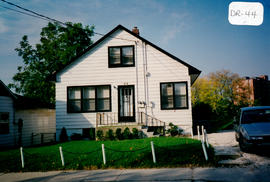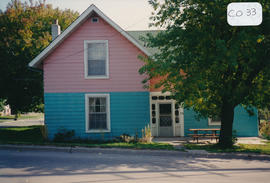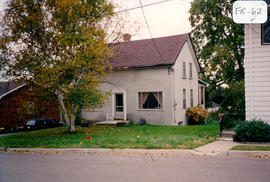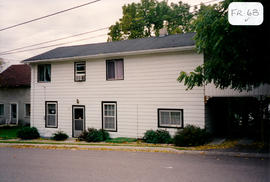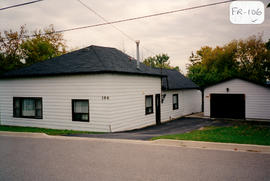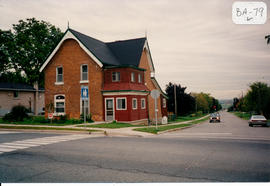- CA BWGPL GJ-HB-2017-03-12-02
- Pièce
- 1995
Fait partie de George Jackson fonds
The house located at 111 Barrie St. was owned many years ago by Minnie (Spence) Hammel. It was rented to Alec and Mary Spence and Betty. When this house was built (before WWI), a wooden tank with a zinc liner was erected in the floored attic. Water was pumped to the tank by a wobble pump from a cistern in the basement. The cistern collected water from the eaves- trough around the roof. The water that flowed (by gravity) from the wooden tank was used to flush the toilet and fill up the tub before the town had water sewers in 1931. Annie Stone (from Bond Head) eventually moved into this house. She had it updated and an apartment was added upstairs. (1, 2)
Sans titre



